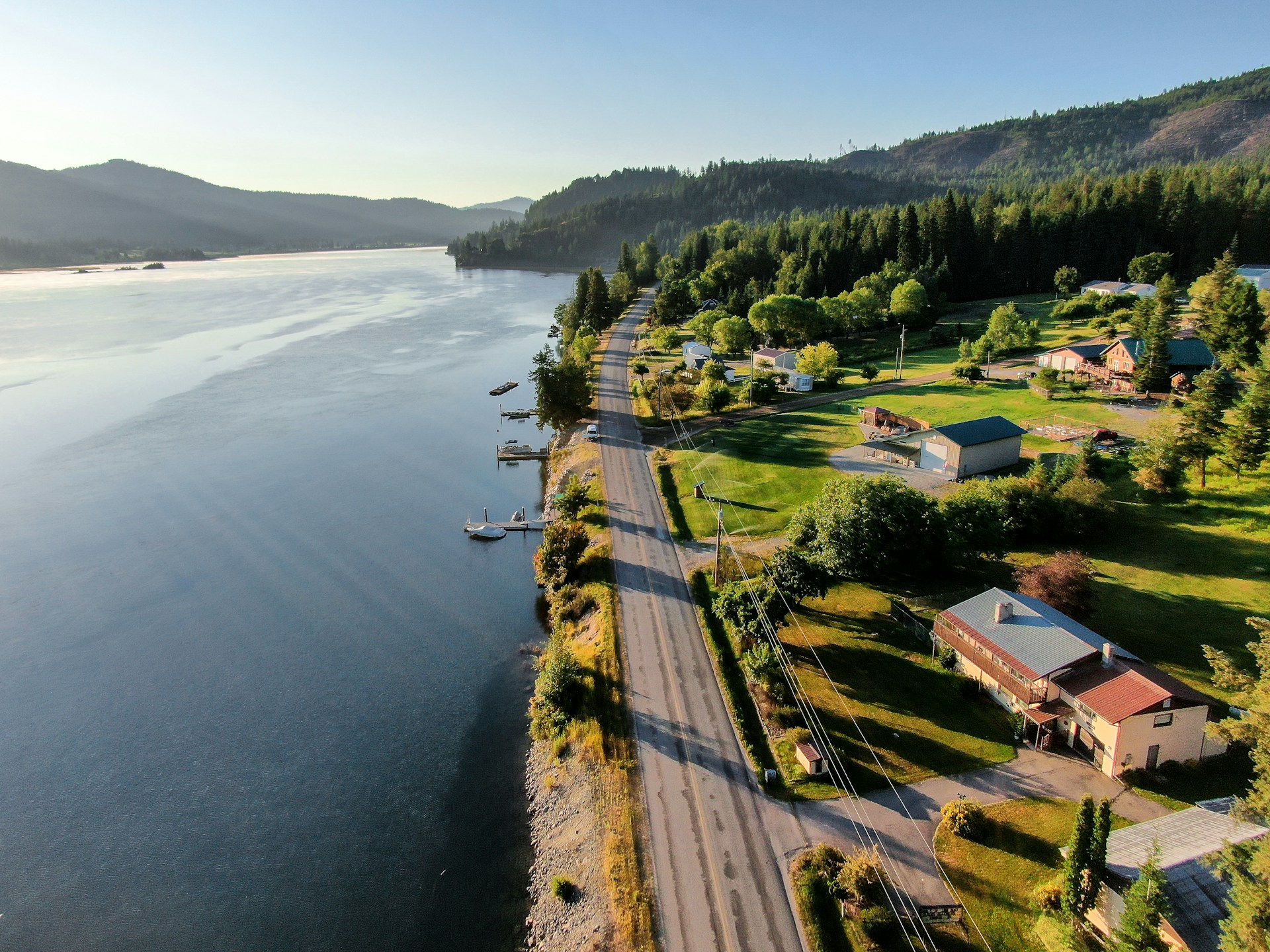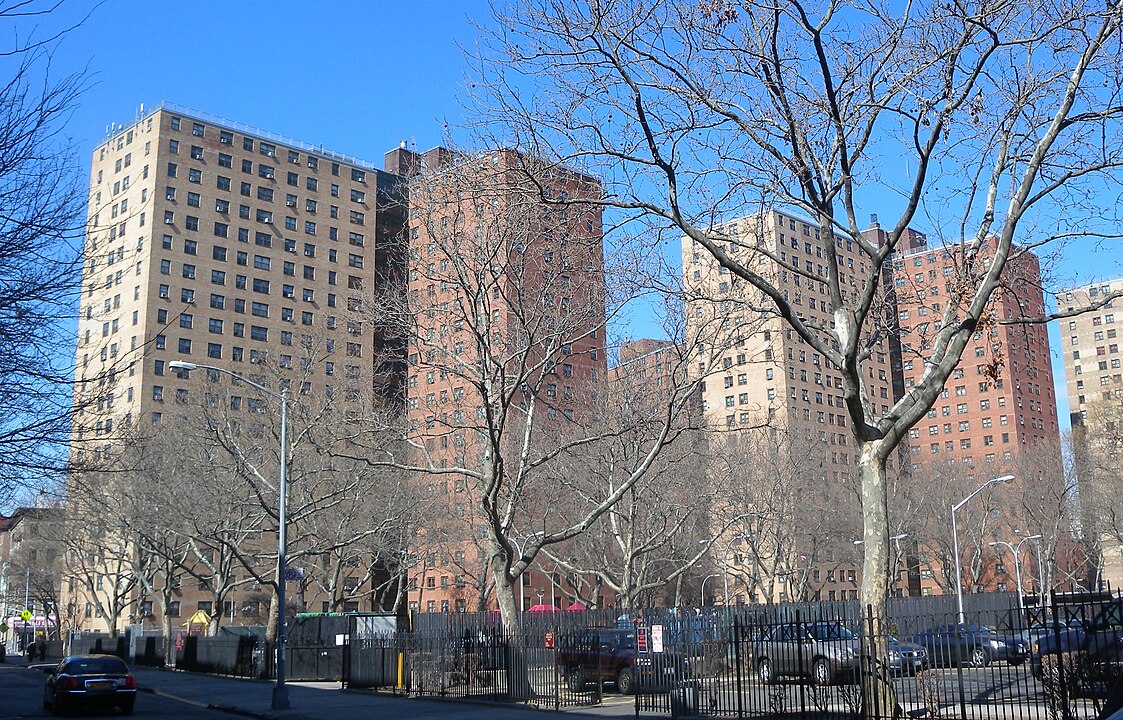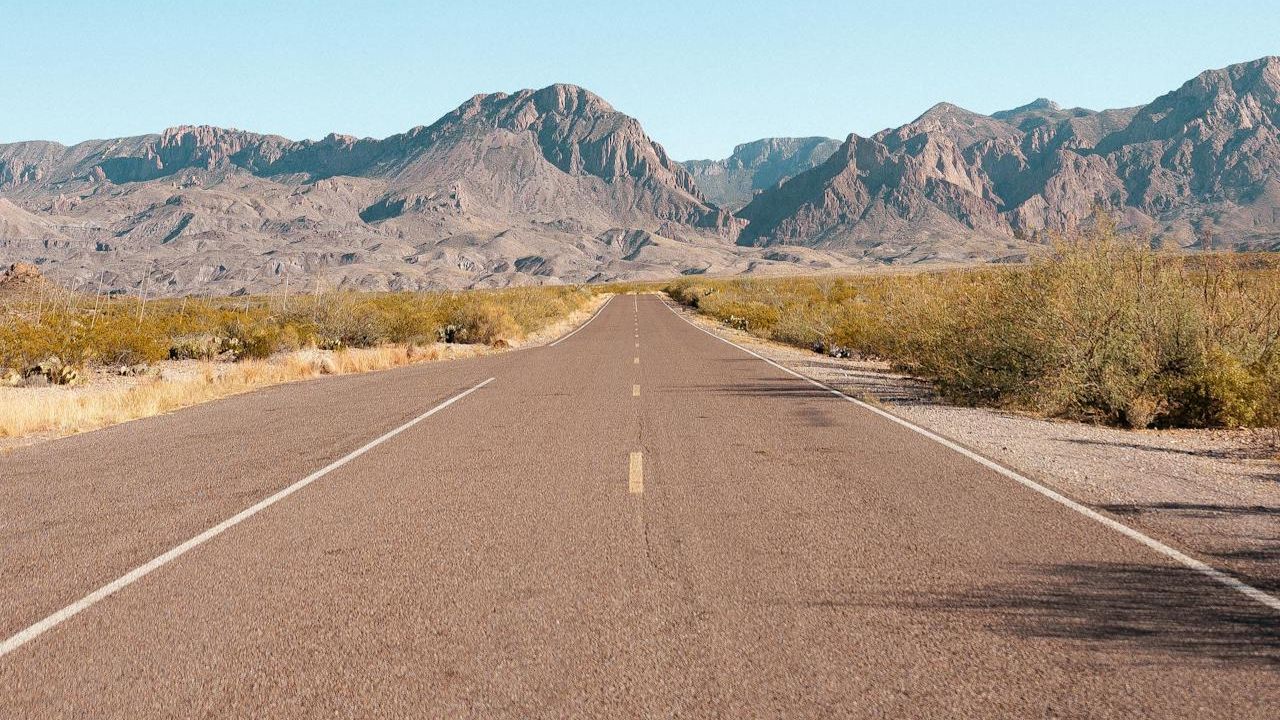Not every success story needs skyline cranes. In hundreds of small places, growth looks like a revived main street, a bakery that hires locally, and a park schedule that actually fills. Remote work didn’t create the trend, but it sped the return to walkable blocks, independent shops, and regional pride. These towns aren’t chasing hype. They lean on craft, nature, and steady civic work. Gains are modest, durable, and visible in full storefronts, busy libraries, and calendars that keep neighbors meeting.
Sandpoint, Idaho
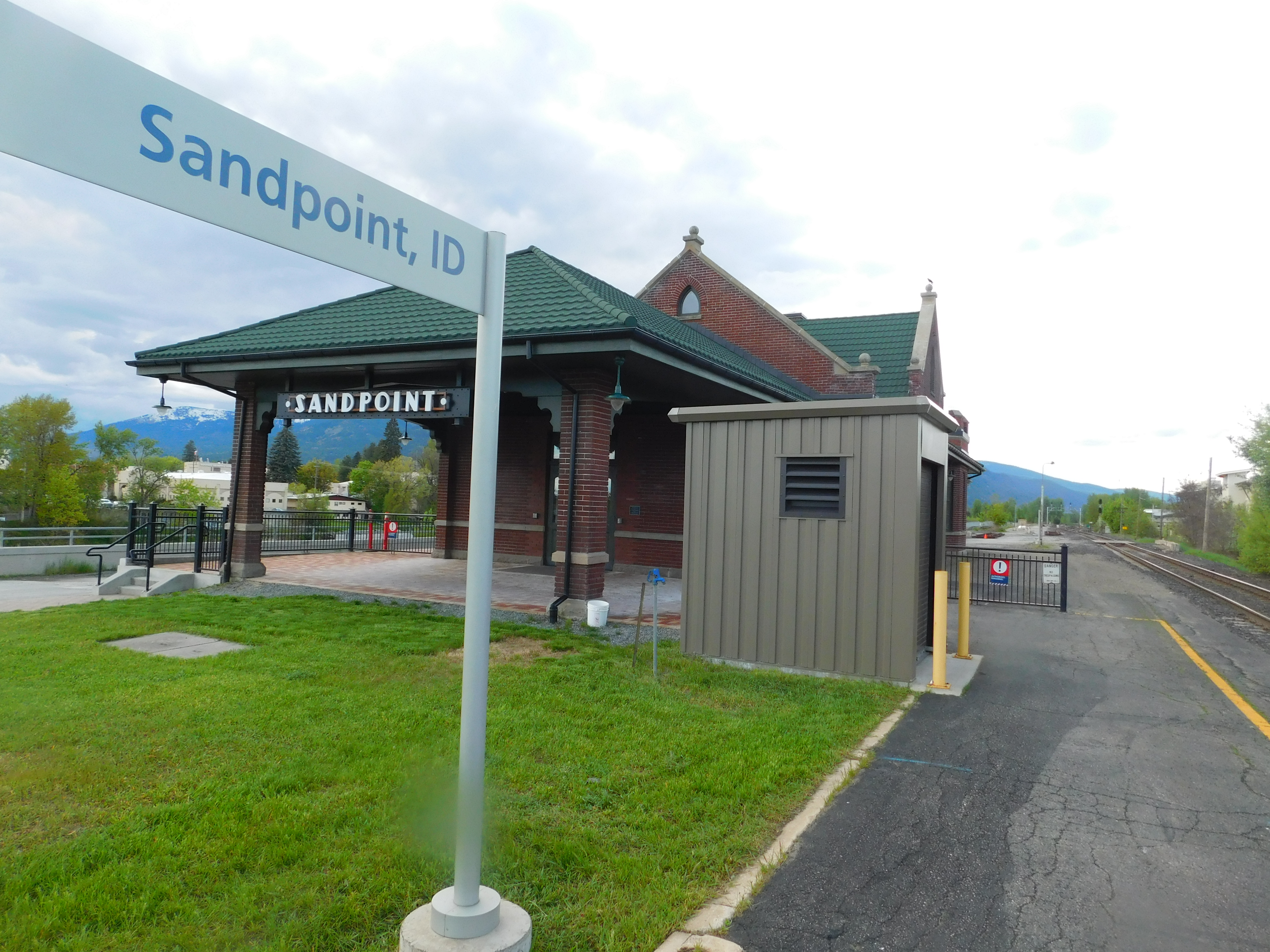
Framed by Lake Pend Oreille and the Selkirk foothills, Sandpoint mixes gear shops and galleries inside a rail-era core that never lost its charm. A granary market stitched together breweries, a bakery, and weekend makers, turning quiet corners into anchors. Ski season now overlaps with shoulder-season festivals, keeping tills ringing beyond summer. Housing pressure is real, but accessory dwellings and targeted workforce units blunt the spike. Trails begin a few blocks from coffee, and boats still share the harbor with working crews.
Bisbee, Arizona
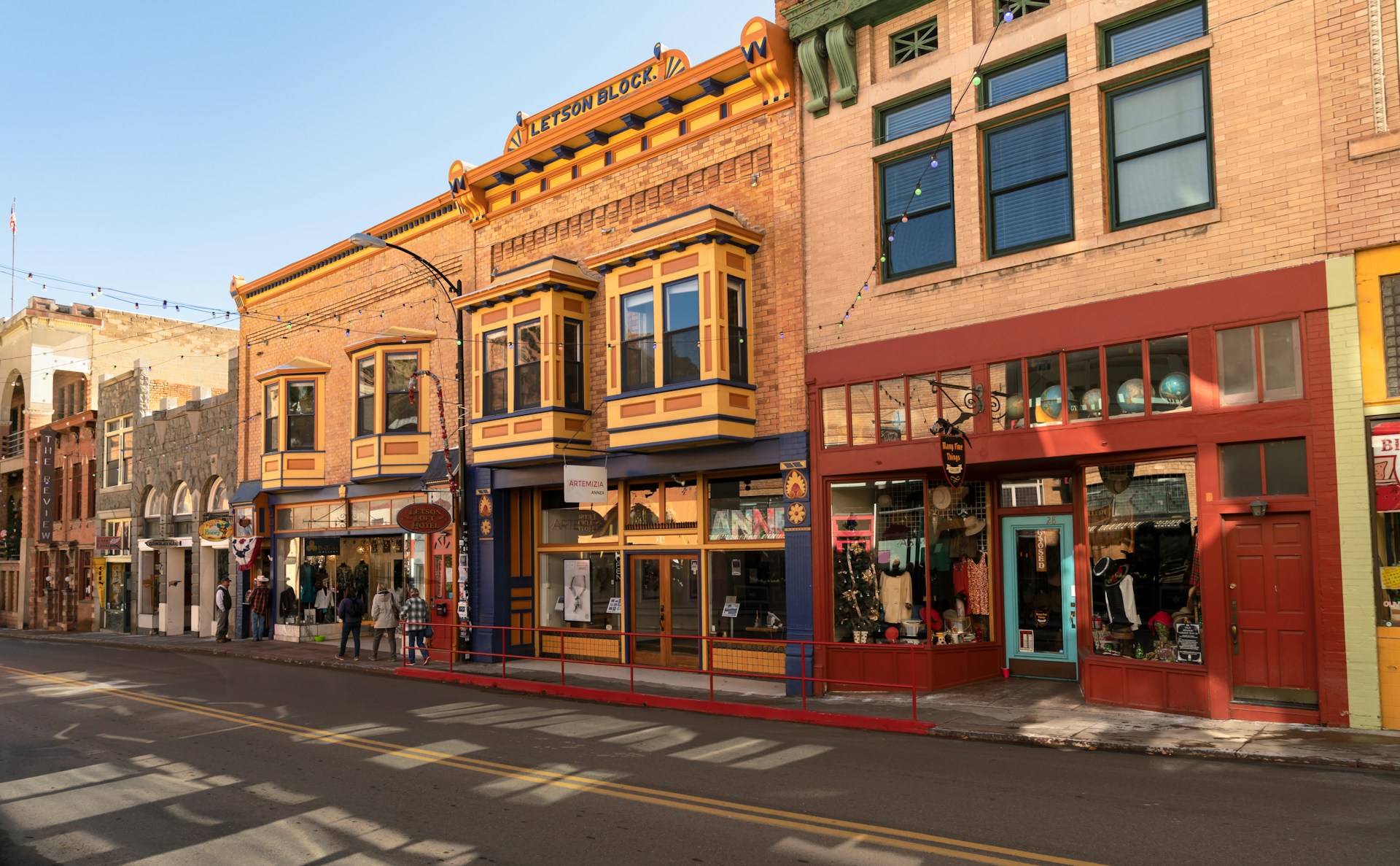
Bisbee’s copper past shows in staircases and brick, but the present runs on studios, guesthouses, and late-glowing kitchen windows. Retirees and remote creatives trade big-city noise for high-desert sky, filling weekday seats at cafes that roast their own beans. A small venue circuit books touring acts, while preservation grants keep Warren’s historic bones steady. The mine tour still pays its way, yet the economy now leans on craft, hospitality, and patient restoration that respects canyon topography and community pace.
Trinidad, Colorado
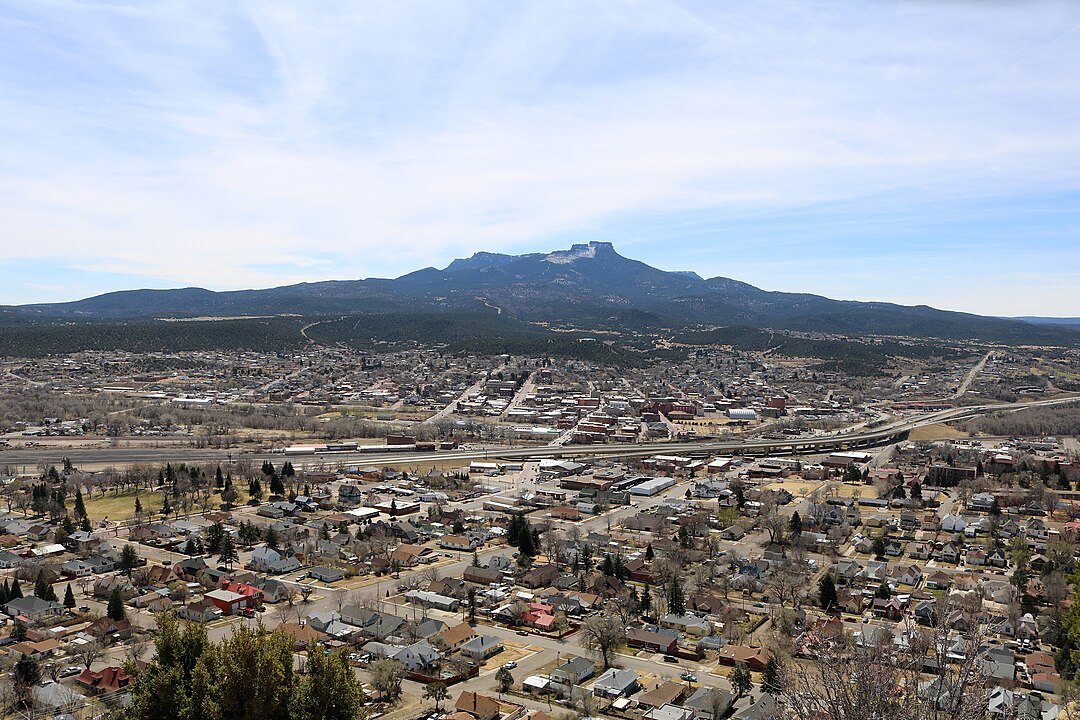
A onetime railroad hub found its second wind by betting on arts, cycling, and the river. A renovated hotel draws conferences and concerts, and bike lanes now connect neighborhoods to a riverwalk where families linger after dusk. Brick warehouses host small manufacturers who hire locally, then stick around. A growing campus pipeline feeds employers with design, trades, and nursing talent. Winter weekends no longer go silent; galleries mount openings, and trailheads sit close enough to turn lunch into a short hike.
Decorah, Iowa
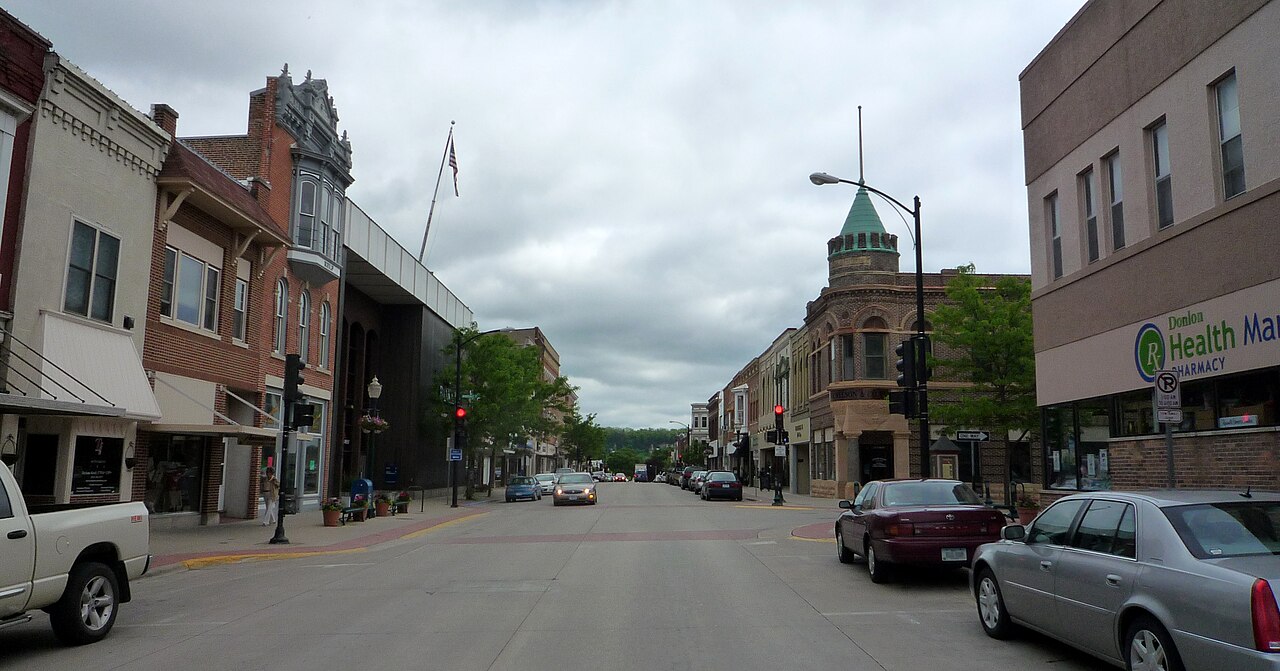
Decorah pairs a lively college pulse with limestone bluffs, trout streams, and a paved loop that keeps pedals spinning past harvest. A seed-to-glass brewery and Scandinavian bakeries create reliable draw even in February. The food co-op and regional hub move produce into town kitchens, while rental bikes convert first-timers into repeat guests. Festivals swell gently rather than crush. Faculty hires and remote workers fill off-season gaps, so storefronts stay occupied and music nights don’t vanish with summer.
Natchitoches, Louisiana
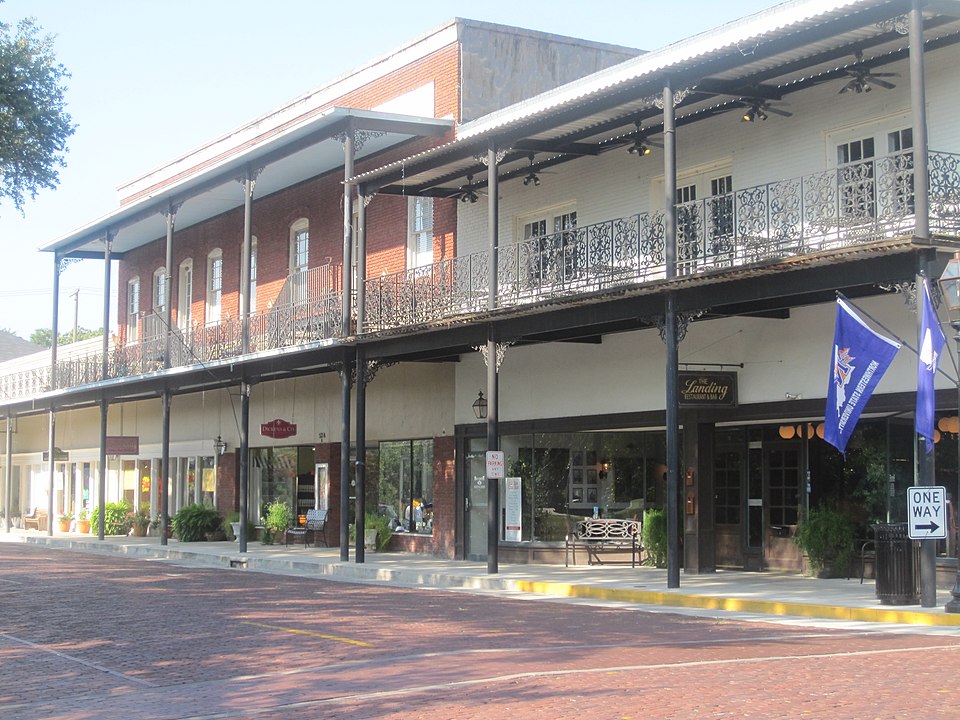
Brick streets along Cane River look like a movie set because filmmakers actually come, yet the engine is everyday hospitality. Historic homes run as lived-in inns, not costumes. Culinary weekends lift local farmers, and preservation groups pair façade grants with apprenticeships so trim gets repaired rather than replaced. Winter lights stretch the calendar, but spring markets and fall cook-offs do the quiet heavy lifting. The riverfront feels like a shared porch where locals and visitors keep easy company.
Ocean Springs, Mississippi

Ocean Springs turns Gulf light into a year-round gallery. Studios sit beside small venues, and marsh walks thread from downtown to quiet water within minutes. Rebuilt storefronts favor local ownership, and pocket parks host music without overwhelming blocks. Restaurants lean on coastal ingredients with sensible price points, keeping residents at the table after festivals end. A design school supplies fresh hands, and barrier-island ferries keep nature in the daily rhythm, so the town feels creative and comfortably lived-in.
Berea, Kentucky

Craft is an economy here, not a slogan. Student makers learn and earn, galleries curate regionally, and visiting artists teach weekend intensives that fill lodges. Trails and a protected forest bring free recreation within minutes of campus. A new food hall gathers cottage producers under one roof, while apprenticeships feed cabinetry and fiber studios that pay real wages. Tourism stays measured; the center of gravity remains the workshop, where useful beauty and steady orders keep lights warm late.
Lewisburg, West Virginia
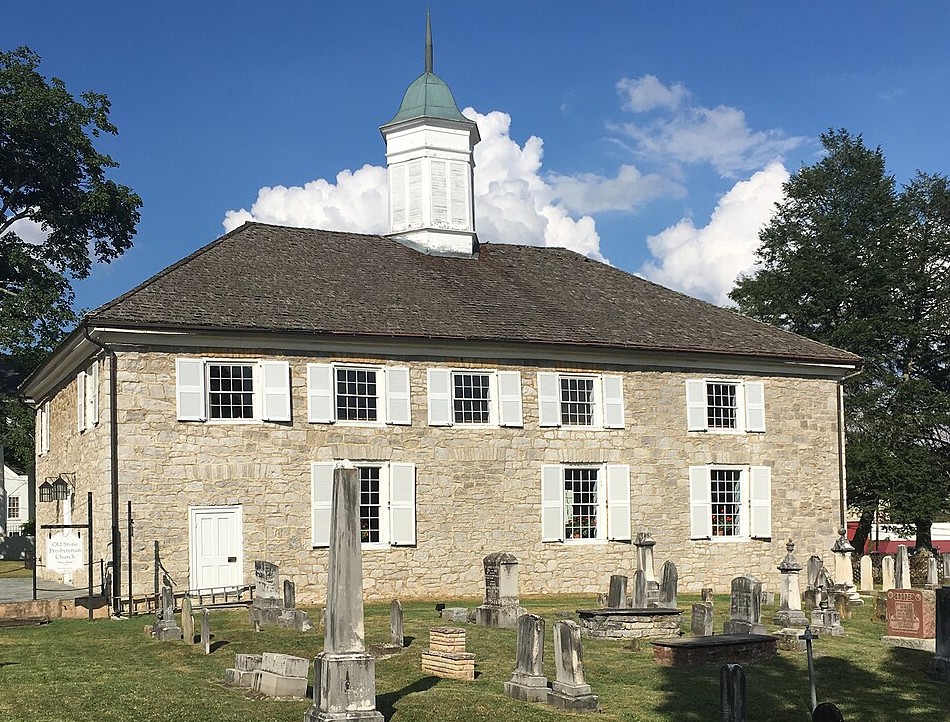
Limestone storefronts house good books, serious dining, and a performing arts center that punches above population. New River Gorge’s fame brings traffic, but locals tuned for quality over volume. Side-street cottages became long-term rentals instead of party pads, and trail groups send hikers to lesser-known loops to spread impact. A solid hospital anchors professional jobs, and markets run deep into fall. The vibe is calm momentum: no frenzy, just well-kept sidewalks and nights that end with applause.
Bayfield, Wisconsin
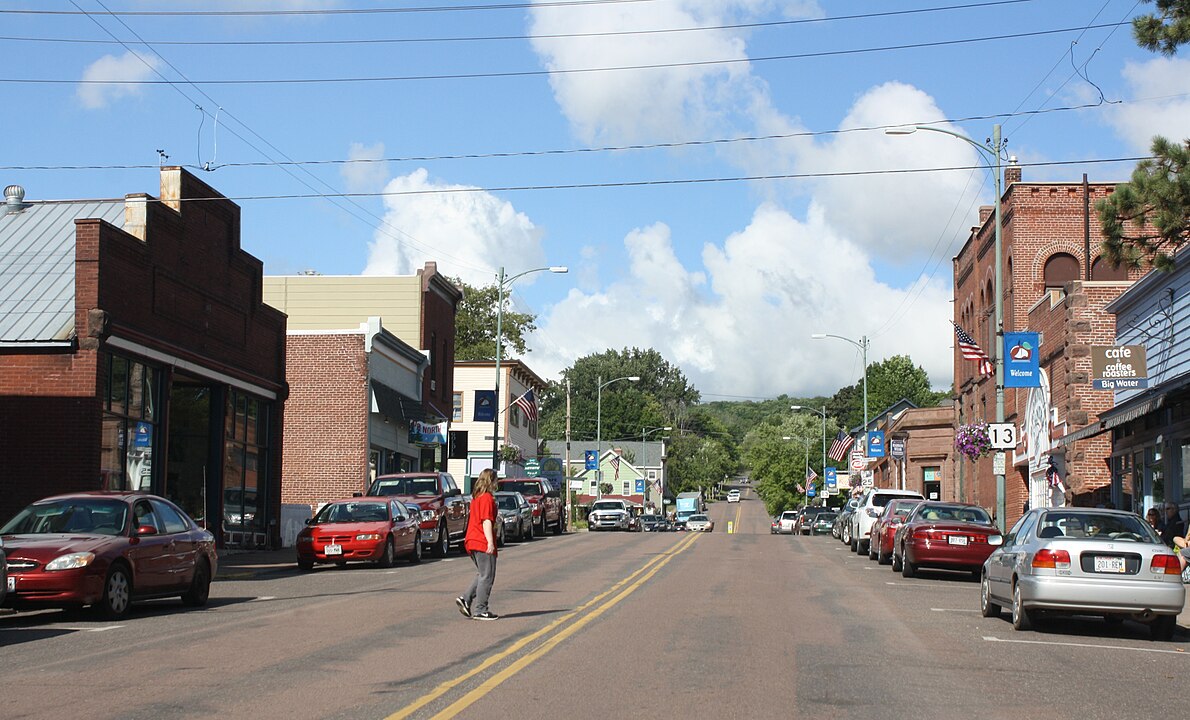
Bayfield plays humane gateway to the Apostle Islands. Orchard stands, outfitters, and boatyards share a harbor that still works for a living. Kayak summers spill into apple and cranberry shoulder seasons, keeping tills busy after Labor Day. Strict short-term rental caps preserved year-round neighborhoods, while a heritage center trains seasonal staff in local history. Winter ice caves are a bonus, not a crutch. The town stays itself, only better kept, with shop lights glowing against lake sky.
Silverton, Oregon

Waterfalls draw headlines, but the quiet win is civic polish. Murals celebrate local stories, not stock tropes. A nursery economy and small food processors spread risk across seasons, while a nearby garden estate pulls day-trippers into midweek. Housing trusts and upper-floor rehabs added gentle density without breaking the street view. The loop is tidy: steady visitors, walkable errands, and a tax base that fixes sidewalks on time. Even rainy Wednesdays feel planned rather than endured.
Ferndale, California

Victorian fronts rise from pasture like a set, except shelves hold goods that earn return trips: cheese, leather, letterpress, and wool. Redwood proximity brings hikers who prefer supper and a real bed to campground dinners. Locals own the marquee and book smart programming over loud. Flood work and fiber-optic upgrades made the practical case for staying. The bones are 19th-century, but the metabolism is 2025: online orders, early closures, and service that treats regulars like neighbors.
St. Marys, Georgia

Tidewater streets and a ferry to Cumberland Island once defined the calendar; now boat builders, outfitters, and a small makers row carry weekdays too. Historic homes run as long-stay rentals for researchers and park staff, steadying winters. A revived seafood festival sends profits back to docks and scholarships. The waterfront reads as a lived-in porch, not a souvenir strip. Morning walks pass shrimp boats, fresh paint, and a bakery line that curls into sun.
